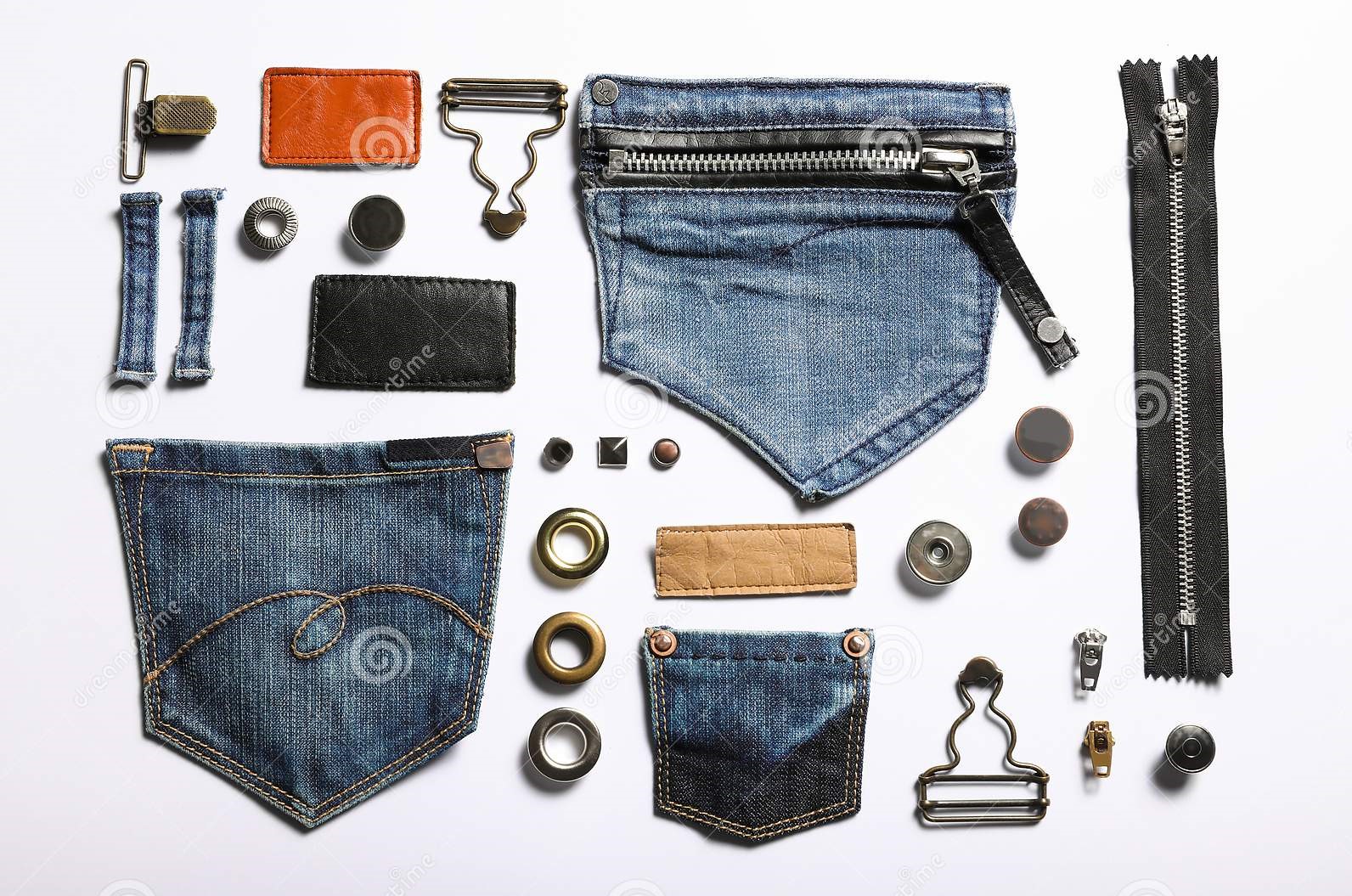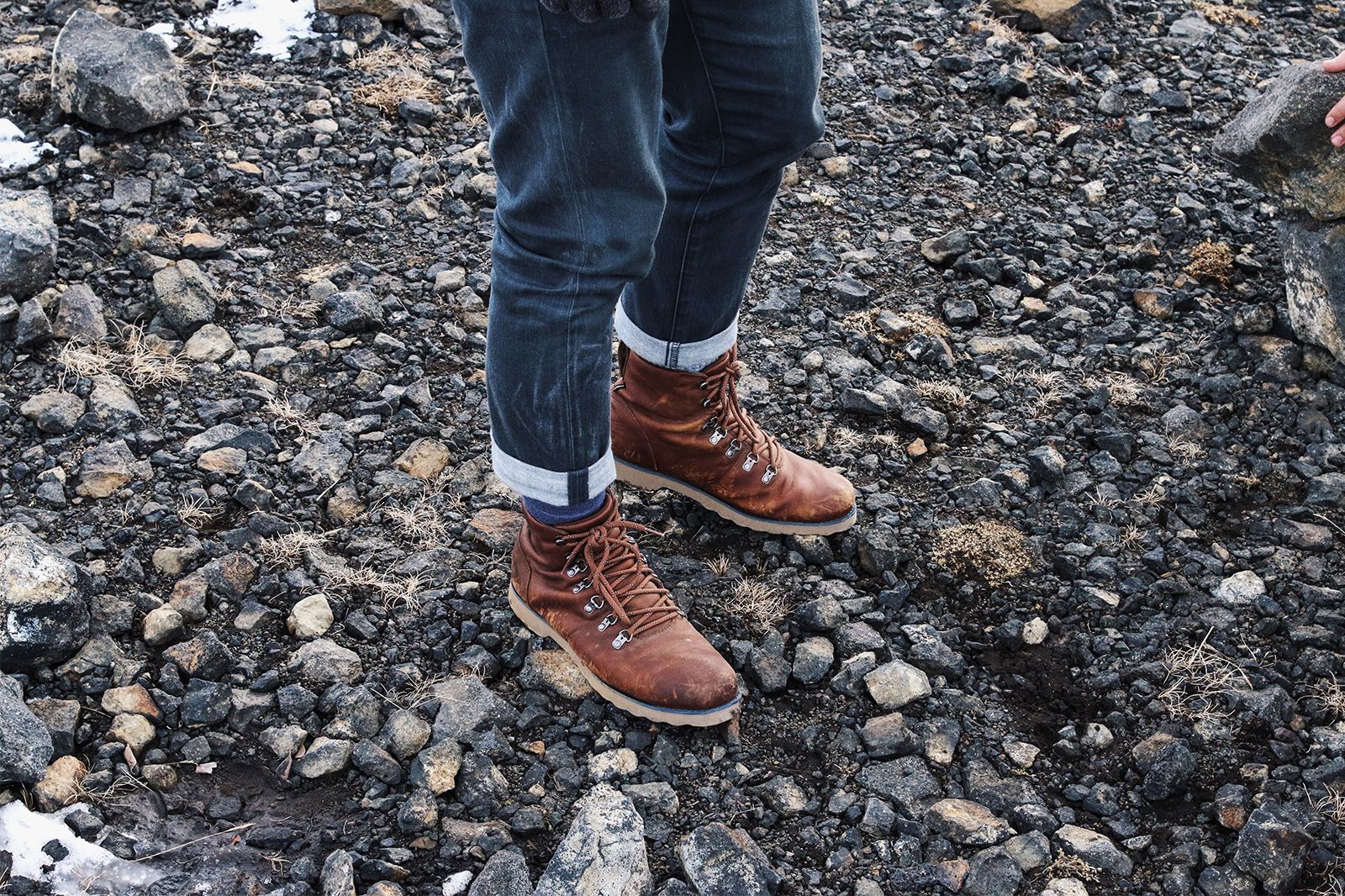 Garments accessories and packaging sector is playing a significant role to boost up the Ready-Made Garments (RMG) industry of Bangladesh. RMG manufacturers are getting available backward support from the sector in low cost and short time period. According to the Bangladesh Garments Accessories & Packaging Manufacturers & Exporters Association (BGAPMEA), now almost all requirements of garments accessories and packaging of readymade garments and other export-oriented industries are being met up locally which is about 95%.
Garments accessories and packaging sector is playing a significant role to boost up the Ready-Made Garments (RMG) industry of Bangladesh. RMG manufacturers are getting available backward support from the sector in low cost and short time period. According to the Bangladesh Garments Accessories & Packaging Manufacturers & Exporters Association (BGAPMEA), now almost all requirements of garments accessories and packaging of readymade garments and other export-oriented industries are being met up locally which is about 95%.

Bangladesh is producing and exporting accessories like woven labels, leather badges, stone and metal motifs, rubber patches, gum tapes, satin and cotton ribbon hangers, price tags, buttons, zippers etc. In the RMG sector, the accessory makers and packagers supply more than 34 types of products with proper policy support and financial incentives.
Export trends
Indirect and direct export earnings in the sector are increasing noticeably and the earnings can be increased by up to three times over the next couple of years. On 26 December 2018, the Textile and Jute Ministry held a meeting with the stakeholders where they proposed export earnings target to be fixed at $51 billion from the textile sector for FY 21 including $11.22 billion from packaging and accessories sector.
Garments Accessories and Packaging (GAP) sector earned valuable foreign exchange to the tune of US$ 7.10 billion during the financial year 2017-2018. Out of them, US$1.12 billion is exported directly to Middle-East, South Africa, Sri Lanka, Malaysia, Europe, Vietnam, Cambodia, and Laos etc.

Abdur Kader Khan, President of BGAPMEA said, “The indirect contribution has always been 15–20 percent of the net export earning of the RMG sector. Export earnings for RMG in 2017–18 FY totaled USD 30.61 billion, of which approximately USD 7.10 billion came from accessory items used in the RMG, leather, pharmaceutical and other export-oriented sectors.”

Investments and opportunities
Bangladesh is already well established as a sourcing center for garments products. Garment accessories and packaging products are key components to keep the competitiveness of the RMG industry stable. The demand for accessories is increasing day by day at home and abroad. Regarding this situation, investment is happening significantly in this sector.
Also Read: Direct export of garments accessories opening a new era for Bangladesh
“There is no doubt that Bangladesh will turn into a global leader in accessory export very soon as it has already established an international standard in manufacturing the products,” said Exporters Association of Bangladesh (EAB) President Abdus Salam Murshedy.
According to the sector people, accessories contribute to 15% to 18% of a finished garment product. Now, this sector is able to supply packaging and accessories products within 24 hours after receiving the order.
“We also deliver the products to RMG factories in our own transportation. As a result, it reduces not only the lead time but also saves our valuable foreign currency,” said some GAP manufacturers to Textile Today.
“Around Tk. 1,500 crore has been invested by the manufacturers of garments accessories and packagers this year. And more projects are in the pipeline,” Abdul Kader Khan revealed a few days ago.
Since the demand for accessory products is growing at a faster rate at both home and abroad, about 100 new factories have started their operations this year.
Currently, around 1,700 factories are producing accessory items in the country, mostly in compliant factories along with 100 new factories those have started their operations this year.
Challenges
There is a huge opportunity for the sector to grow in the local market as well as in the foreign market. But there are many challenges also. A lack of policy support including gas and electricity connections and tax burdens hampers the inflow of investments, with port congestion being another issue.
Manufacturers are using coal instead of gas to run boilers due to a gas scarcity, which is costly due to higher import duty on coal. Currently, manufacturers have to pay about a 45% tax on import of coal.
If the government allows duty-free coal import, manufacturing will be more price-competitive, said industry insiders.

Instead of availability of accessories items in Bangladesh, apparel manufacturers choose China for sourcing accessory products as they offer lower prices than locals. Because of a higher price of raw materials caused by import duty combined with the delay of importing have increased the production cost. In this reality, sometimes, local accessories manufacturers cannot offer a lower price than China.
Abdul Kader Khan informed that the sector people demanded cash incentives on exports several times, as this has been contributing nearly fully to export-oriented sectors. Banks are charging double-digit interest rates on loans from businesses that are ultimately increasing the cost of doing business.
On the other hand, sector people think that the garment accessory makers and packagers (GAP) industry should not be treated as a backward linkage industry. It should be recognized as an independent entity.
Conclusion
Bangladesh should emphasize more on producing high-quality accessory items to establish this sector as an individual industry. Small entrepreneurs in this sector should emphasize more to build up their brand images as buyers always prefer to purchase items that possess quality and display brand loyalty. At the same time, proper policy support, financial incentives, and uninterrupted energy and gas supply are needed to expand both indirect and direct export earnings of the sector.





Leave A Comment